9 GPTs for Hazard Analysis Powered by AI for Free of 2025
AI GPTs for Hazard Analysis refer to the application of Generative Pre-trained Transformers in identifying, assessing, and mitigating risks in various environments. These AI tools are engineered to understand and predict potential hazards by analyzing vast amounts of data, making them invaluable for safety and risk management. By leveraging the power of language models, these GPTs offer tailored solutions for hazard analysis, enhancing decision-making processes and ensuring a higher level of safety.
Top 9 GPTs for Hazard Analysis are: 安全生产管理全能助手(徐苏测试版),Asesor de Seguridad y Salud en el Trabajo,Hazard Analyst,HACCP Helper,HACCP Helper,Safety-Chat OSHA 1910,Geo Miner,PREVENTERA HEALTH SAFETY EXPERTS,TEX Fire and Safety Assist Compliance GPT
安全生产管理全能助手(徐苏测试版)
AI-powered safety management and analysis.
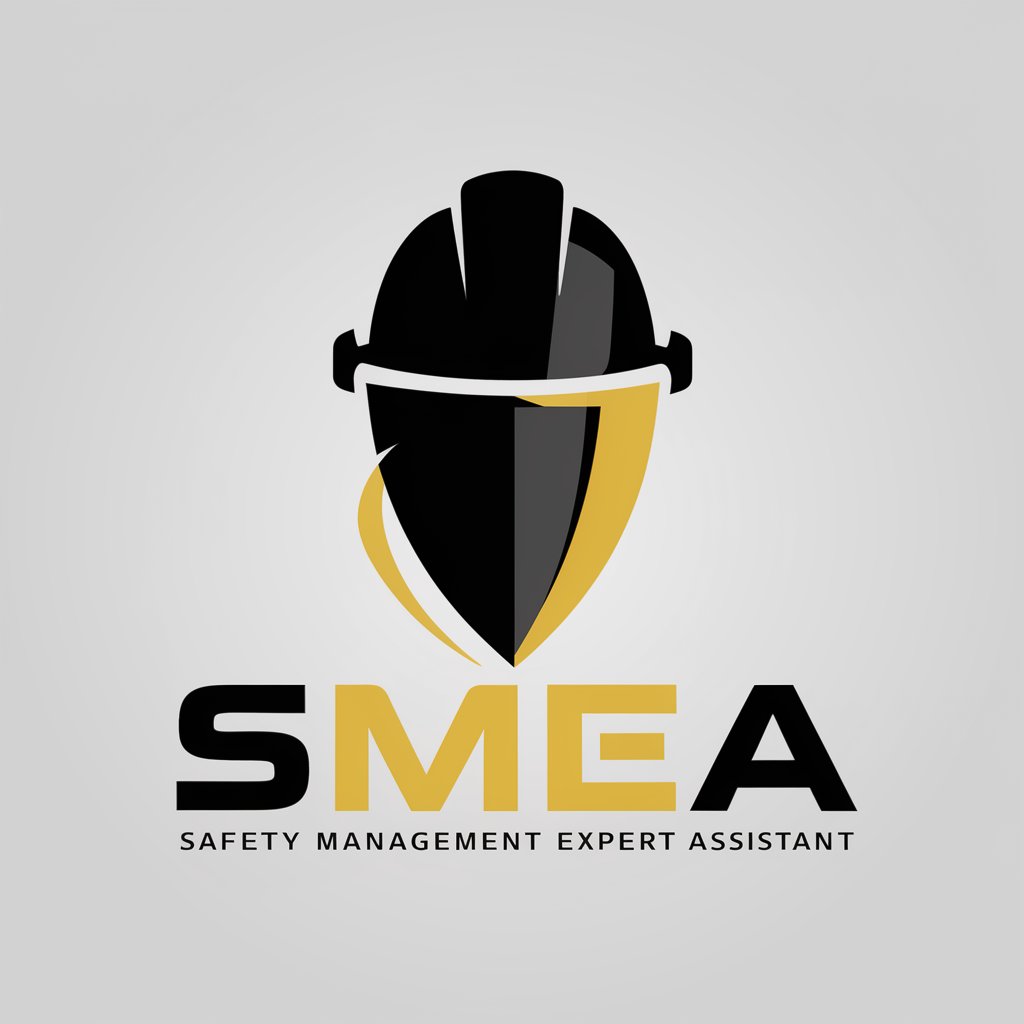
Asesor de Seguridad y Salud en el Trabajo
AI-powered Workplace Safety Expert
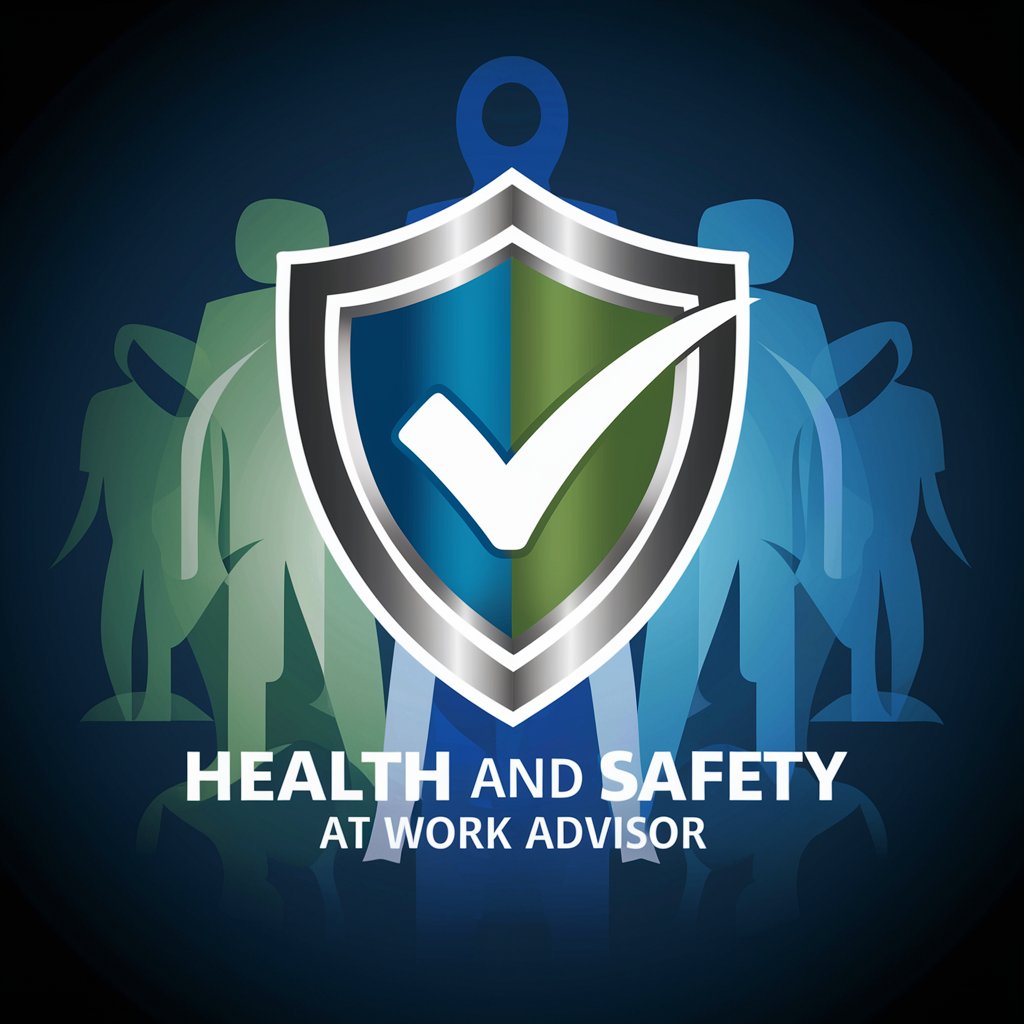
Hazard Analyst
AI-driven Disaster Readiness
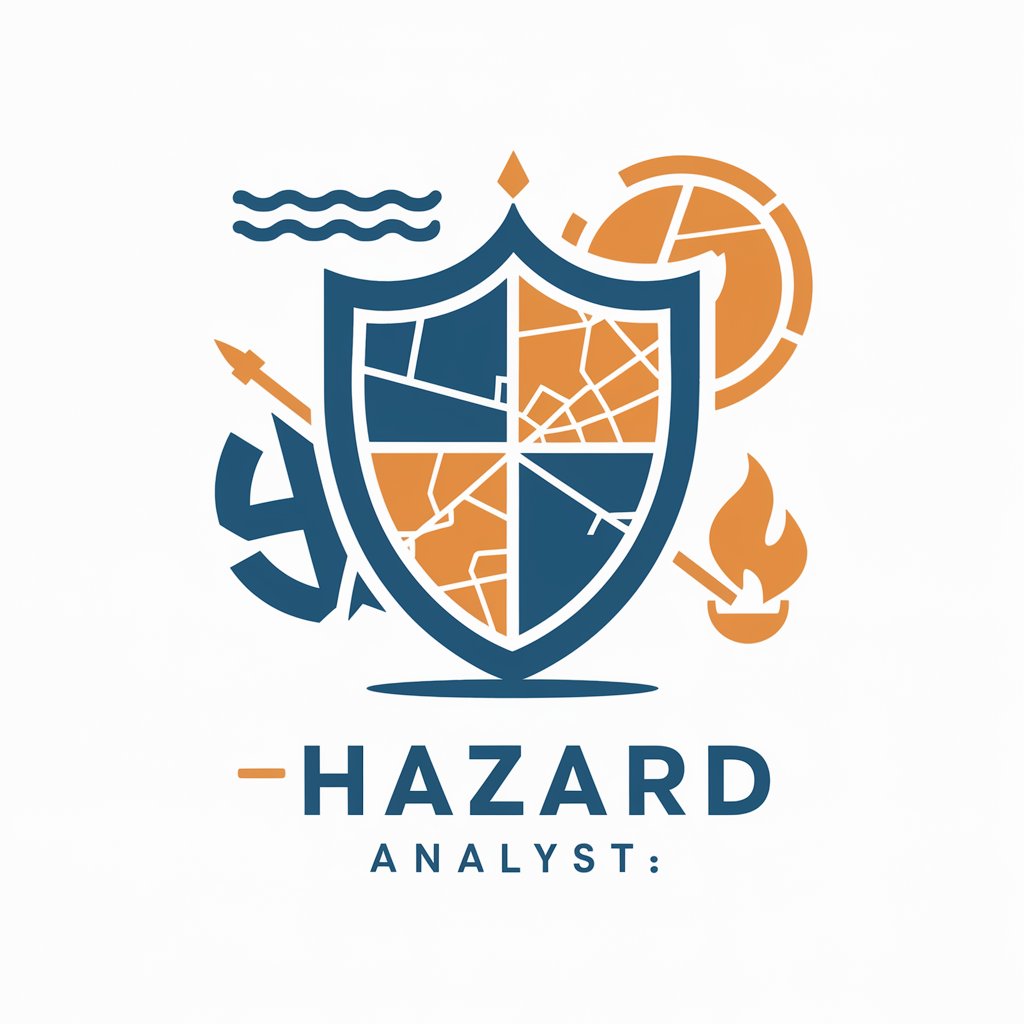
HACCP Helper
Streamlining Food Safety with AI
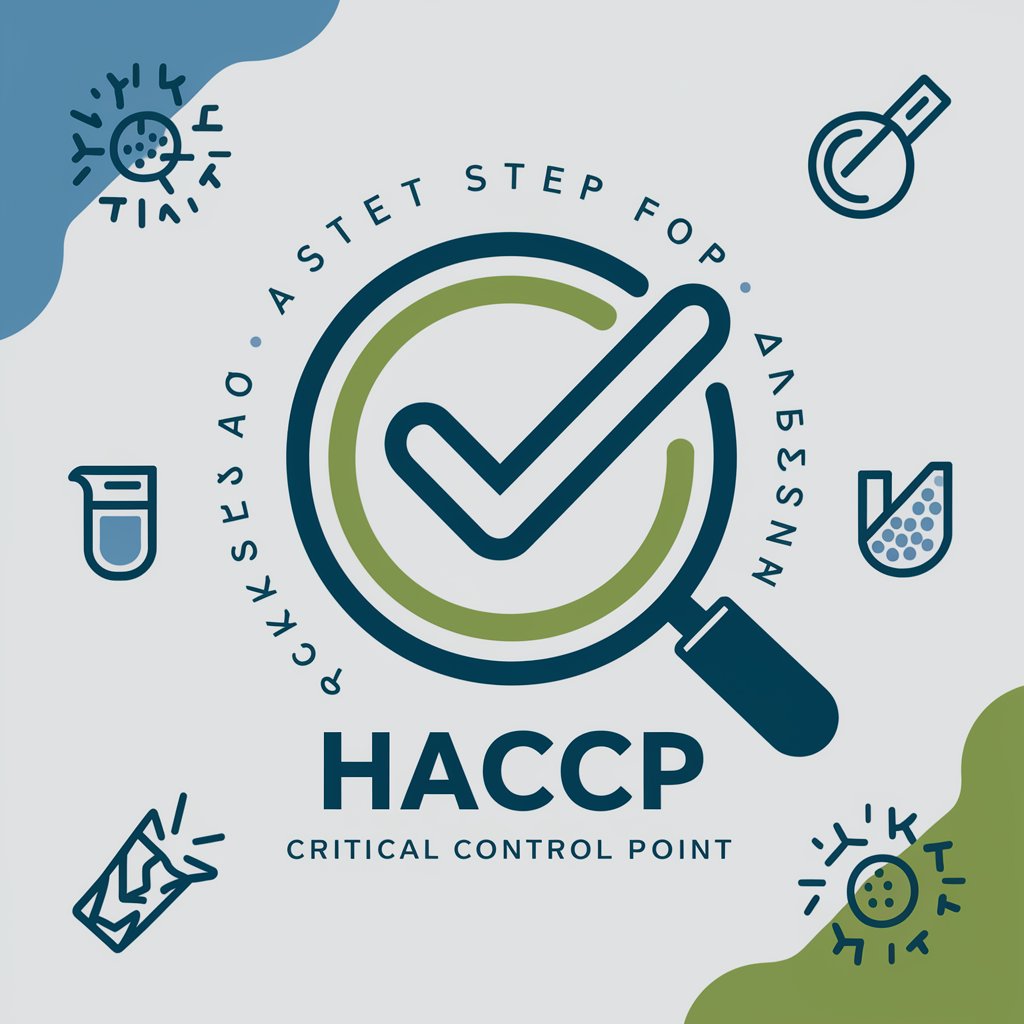
HACCP Helper
AI-Powered Food Safety Compliance
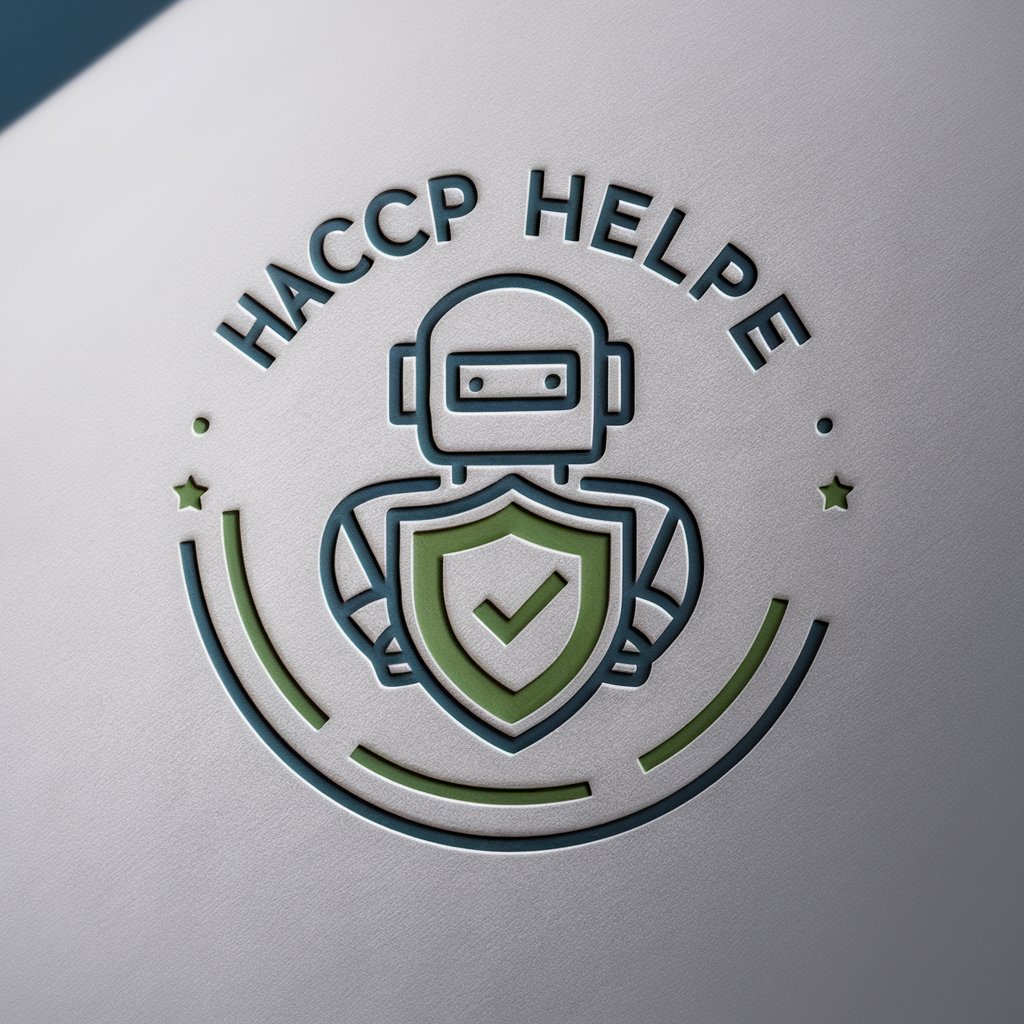
Safety-Chat OSHA 1910
Streamline Workplace Safety with AI
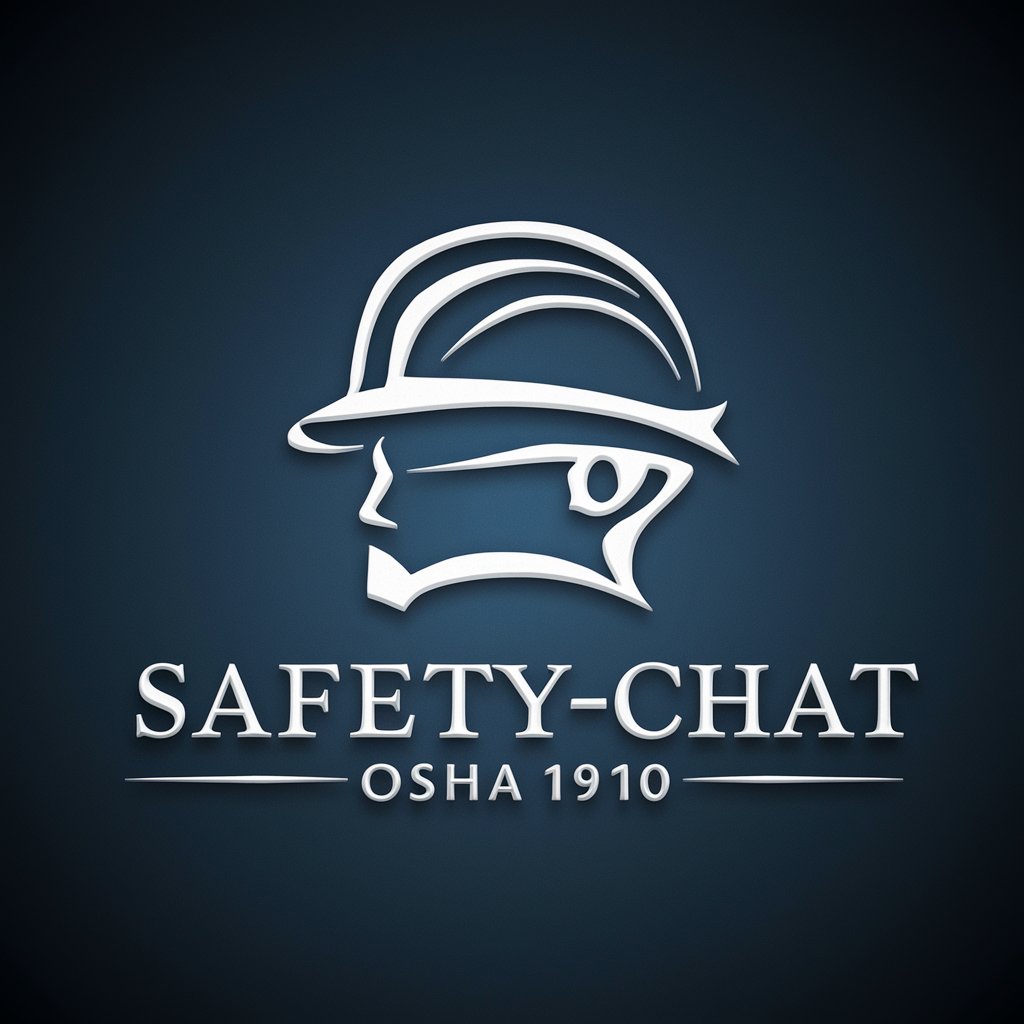
Geo Miner
Unearth geological insights with AI.
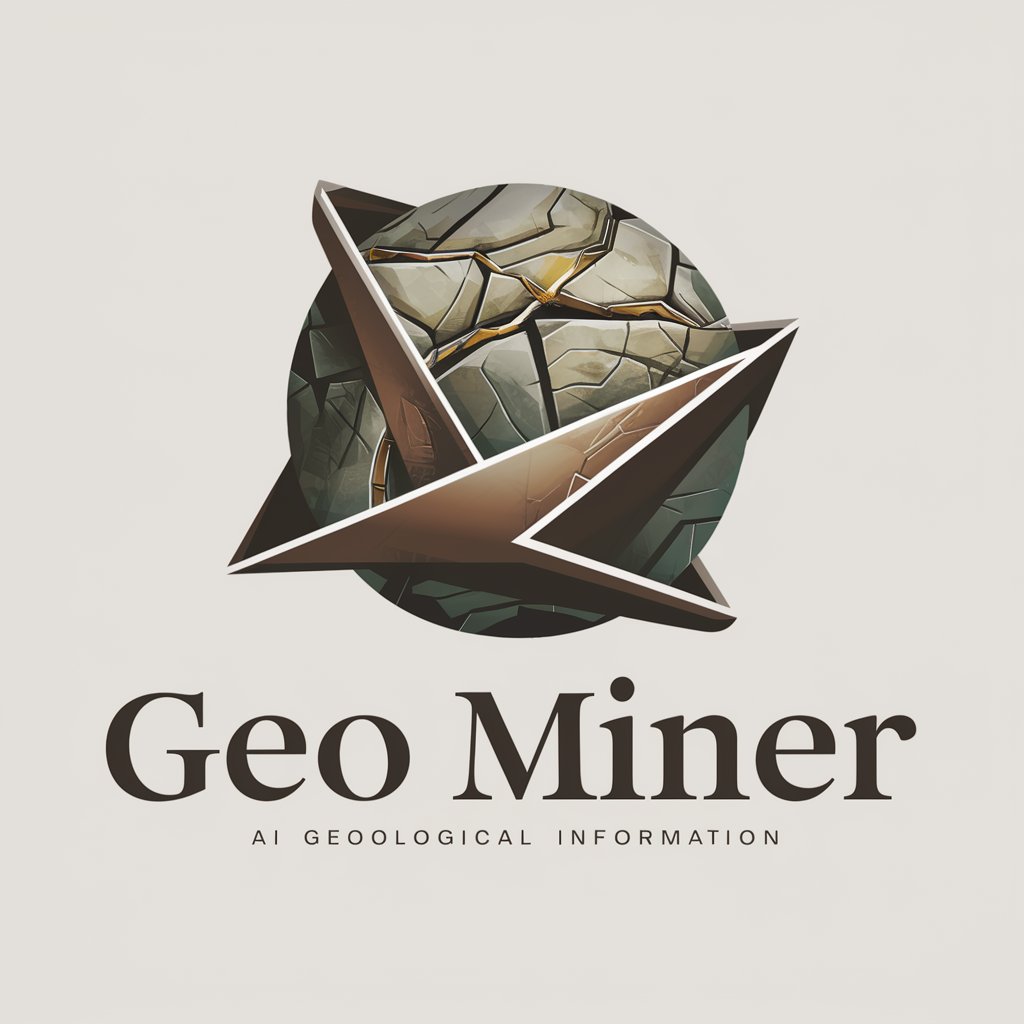
PREVENTERA HEALTH SAFETY EXPERTS
Empowering proactive health safety management with AI.

TEX Fire and Safety Assist Compliance GPT
AI-driven Safety Compliance Advisor
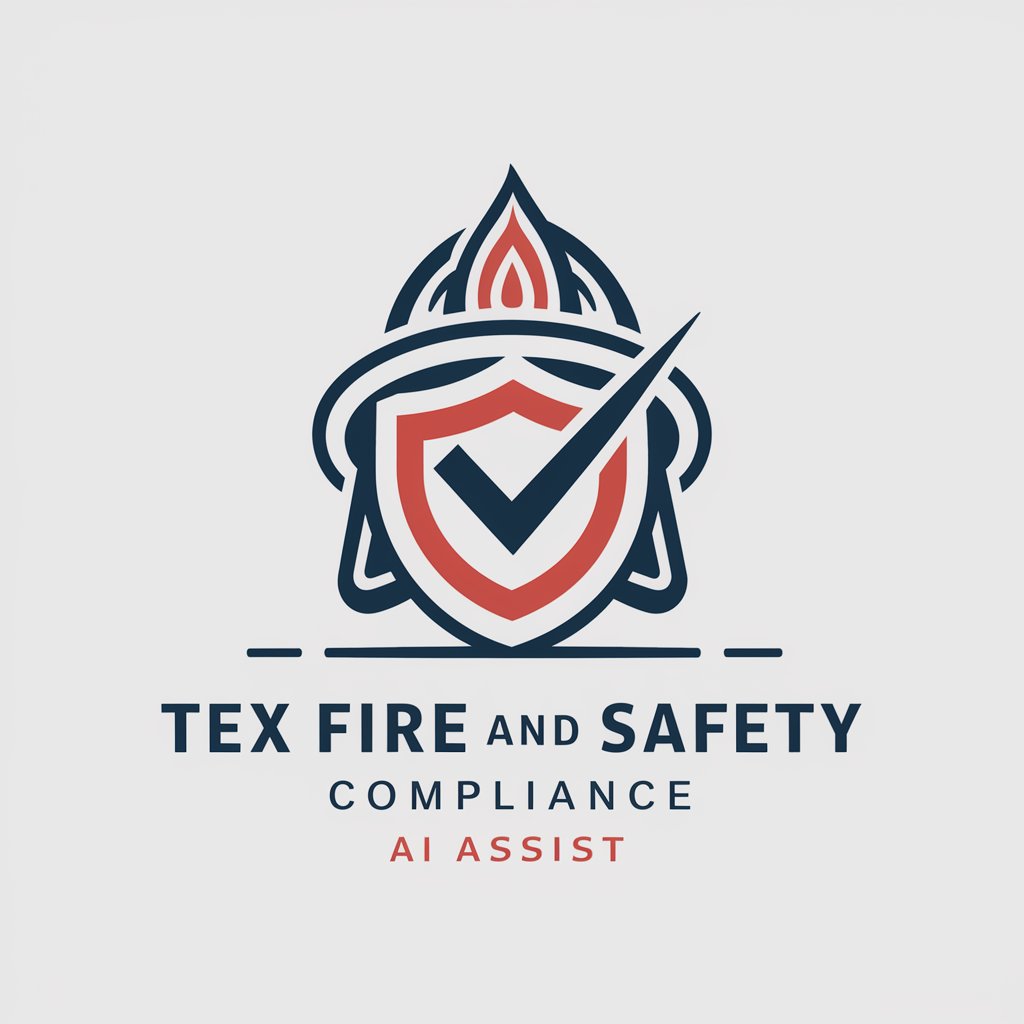
Key Attributes and Functions
AI GPTs for Hazard Analysis are distinguished by their adaptability, precision, and comprehensive analytical capabilities. They can interpret technical documents, regulatory guidelines, and real-time data to identify risks. Features include natural language processing for analyzing reports, machine learning for pattern recognition in data, and the ability to generate predictive models for future hazard identification. These tools support a range of functions from basic hazard logging to complex risk assessment strategies, making them versatile assets in safety management.
Who Benefits from Hazard Analysis AI?
This innovative technology serves a broad audience, including safety officers, risk management professionals, engineers, and researchers in various industries such as manufacturing, construction, and healthcare. AI GPTs for Hazard Analysis are accessible to novices without coding skills, thanks to user-friendly interfaces, while offering advanced customization options for developers and technical experts, allowing for tailored risk analysis solutions.
Try Our other AI GPTs tools for Free
LinkedIn Engagement
Elevate your LinkedIn presence with AI-powered tools designed to optimize engagement, content creation, and analytics. Tailored for professionals and brands alike.
Article Transformation
Explore AI GPT tools for transforming articles with advanced AI, offering smart editing, rewriting, and repurposing for various content needs.
Comedic Arithmetic
Explore the intersection of humor and arithmetic with AI GPTs for Comedic Arithmetic. Engage with math through tailored, humorous content designed to make learning enjoyable for everyone.
AI Humorist
Explore AI GPTs for AI Humorist: cutting-edge tools designed to craft, understand, and engage with humor through advanced AI, offering unique capabilities for creators and developers.
Campaign Evaluation
Discover how AI GPTs revolutionize campaign evaluation with data-driven insights and advanced analytics, tailoring strategies for optimal marketing performance.
Player Projection
Discover how AI GPTs for Player Projection revolutionize sports analytics with precise performance forecasts, offering a competitive edge for teams and enthusiasts.
Expanding the Potential with AI in Hazard Analysis
AI GPTs revolutionize hazard analysis by offering scalable solutions that adapt to the complexity of risk assessment. Their integration capabilities mean they can easily become a part of existing safety management systems, providing intuitive interfaces for users at all technical levels. The continuous improvement in AI technology also promises advancements in predictive accuracy, making these tools even more essential in future risk management strategies.
Frequently Asked Questions
What is AI GPT for Hazard Analysis?
It is an AI technology that uses Generative Pre-trained Transformers to analyze and predict potential hazards in various environments, aiding in risk management and safety enhancement.
Who can use these AI tools?
They are designed for a wide range of users including safety officers, risk managers, engineers, and researchers across different sectors.
Do I need programming skills to use these tools?
No, these tools are designed to be accessible to novices without coding skills, while also offering customization options for those with programming knowledge.
How do AI GPTs for Hazard Analysis identify risks?
They analyze large datasets, technical documents, and regulatory guidelines using natural language processing and machine learning to identify potential hazards.
Can these tools predict future hazards?
Yes, by using predictive modeling and pattern recognition, these tools can forecast potential risks and help in proactive hazard management.
Are these tools adaptable to different industries?
Absolutely, AI GPTs for Hazard Analysis are versatile and can be tailored to meet the specific safety and risk management needs of various industries.
How do they enhance decision-making in hazard analysis?
By providing detailed risk assessments, predictive insights, and comprehensive data analysis, these tools support informed decision-making and risk mitigation strategies.
Can these AI tools integrate with existing systems?
Yes, many of these tools are designed to integrate seamlessly with existing workflows and systems, enhancing their utility without disrupting current operations.